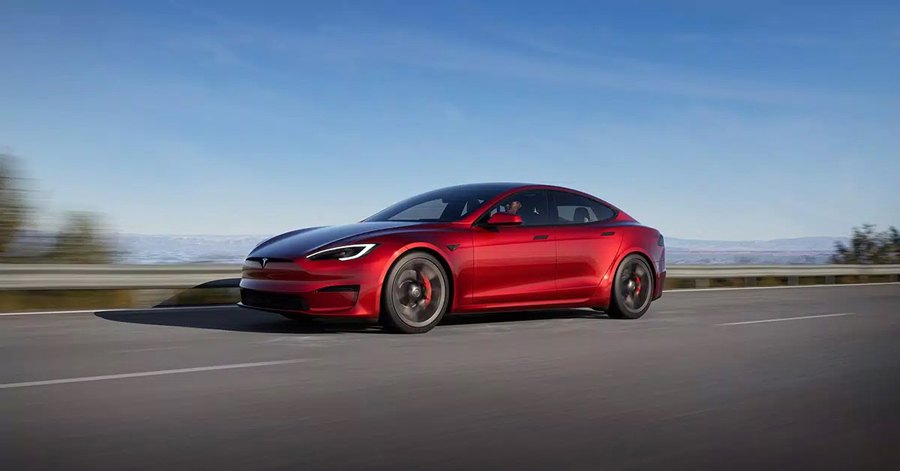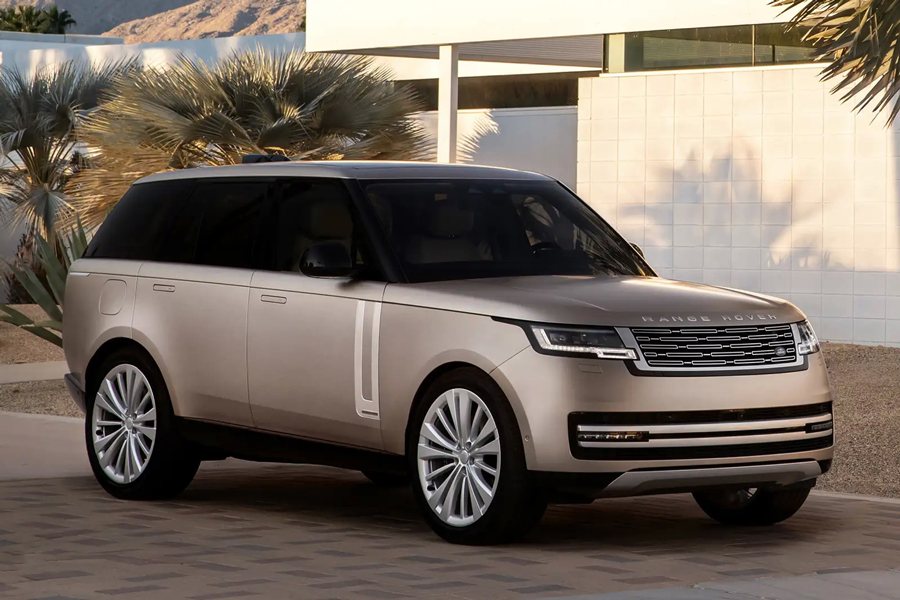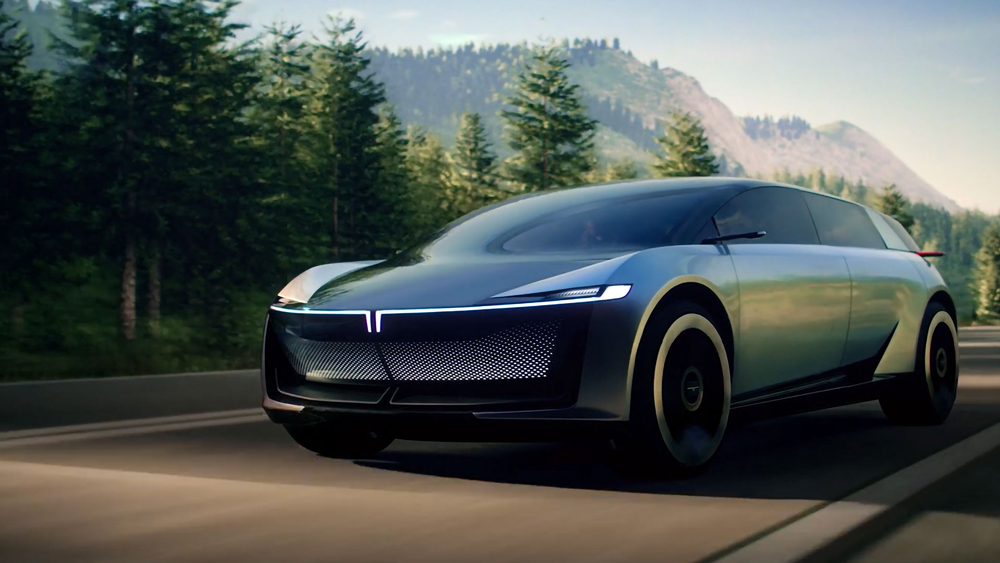1) Battery Electric Vehicles (BEVs)
These vehicles are powered entirely by electricity from batteries and do not have an internal combustion engine. They store electricity in high-capacity batteries that power an electric motor. BEVs can be charged by plugging them into an electrical outlet or a charging station. Examples include Tesla Model S, Model X, Model 3, Model Y, and the Tata Nexon electric SUV, the Mahindra eKUV100 and e-Verito, and the MG ZS EV.
BEVs are most common and widely accepted in India. Brands like TATA and Mahindra have their strong hold on the market.

2) Plug-In Hybrid Electric Vehicles (PHEVs)
These vehicles have both an electric motor and an internal combustion engine. They can run on either electricity from their battery or gasoline. PHEVs have a larger battery than conventional hybrid vehicles, allowing them to travel longer distances on electric power alone. When the battery is depleted, the vehicle switches to the internal combustion engine, which powers the vehicle and charges the battery. PHEVs can be charged by plugging them into an electrical outlet or a charging station. Examples include Toyota Prius Prime, Chevy Volt, and BMW i3 REx.

3) Hybrid Electric Vehicles (HEVs)
These vehicles also have both an electric motor and an internal combustion engine, but the electric motor is used primarily to assist the gasoline engine rather than powering the vehicle on its own. HEVs cannot be plugged in and rely on regenerative braking to recharge their batteries. Regenerative braking captures the energy that is normally lost during braking and uses it to recharge the battery. Examples include Toyota Prius, Honda Insight, and Ford Fusion Hybrid.
4) Fuel Cell Electric Vehicles (FCEVs)
These vehicles use hydrogen gas to generate electricity to power an electric motor. They emit only water vapor and have a longer range than battery electric vehicles. However, there are currently limited fueling stations for FCEVs. The hydrogen gas is stored in high-pressure tanks, and when it is needed, it is passed through a fuel cell stack, where it reacts with oxygen from the air to produce electricity. Examples include Toyota Mirai and Honda Clarity Fuel Cell.
5) Neighborhood Electric Vehicles (NEVs)
These are small electric vehicles with limited speed and range capabilities. They are designed for short trips in neighborhoods and are typically used for tasks such as campus transportation, security patrol, or food delivery. They can be charged by plugging them into an electrical outlet or a charging station. Examples include GEM e2, Polaris GEM, and Zenn Electric. NEVs) are not very common in India, Brands like Mahindra created e2o and E-rickshaw (e-Alfa Mini) in this format, e-Alfa Mini had a good impact in market while e2o is discontinued.

| BEVs |
|
|
| PHEVs |
|
|
| FCEVs |
|
|
| Petrol Vehicles |
|
|

